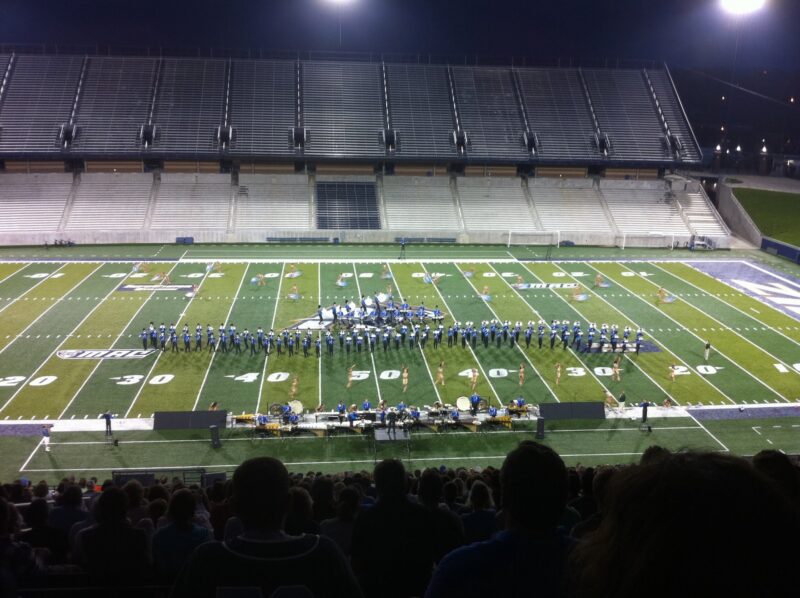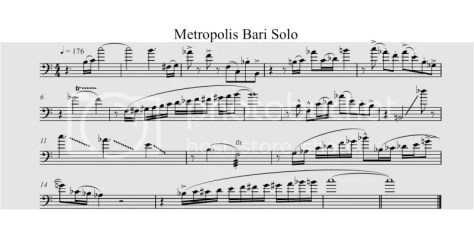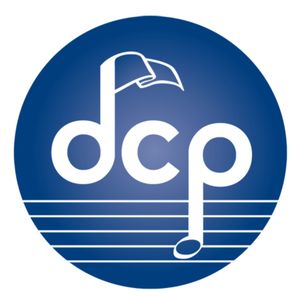NOTE: This article originally appeared on my old website as part of a series of 2010 show reviews. I’ve updated the article with photos, but the text is almost completely untouched. Enjoy!
If you had told a member of the 2000 Bluecoats that their corps was going to contend for the title in a decade, you would have seen a look of disbelief and skepticism in return. After all, the corps was coming off of a 13th place finish in 1999 and had to fight to get back into Finals in 2000. That decade has passed and, after breaking the coveted Top 6 in 2004, the Bluecoats have consistently hung with the big boys of DCI since. What they had not done, though, is break into the Top 3, what some consider a prerequisite for winning a championship. That prereq is now met and the Bluecoats are ready for the advanced course in being a champion.The Bluecoats’ 2010 show, entitled Metropolis: The Future Is Now, lived up to both parts of its title. For the Bluecoats, their future has definitely come, as they have taken a step into elite status in DCI. While the corps did drop to 3rd during Championships, they spent most of the season in the 2nd spot, chasing the Blue Devils (like the rest of the activity) all summer. It will be interesting to see if the Bluecoats can take that final step and become the first new DCI champion since Phantom Regiment in 1996. As for the show itself, it featured some of the most integrated use of electronic effects that drum corps has seen, giving the show a very industrial, futuristic and dystopian feel, much the same as Fritz Lang’s famous 1927 silent film. The guard uniforms and hair are definitely not old school, evoking the look of the workers of Metropolis.

The show opens with a piece aptly named 180BPM from the Angels and Demons soundtrack. It is, of course, a fast paced opener and showcases the incredible brass sound which the Bluecoats are known for, balanced from top to bottom regardless of volume. The opener also features electronics almost from the start, with ominous bass, whispering and chanting voices, and even a little church organ. The percussion get an early feature, with a very tight performance complete with some flashy stick visuals. The feel of the opener is one of excitement, but also of tension. Once again, Metropolis is a dystopia, not a utopia.

It’s the second piece, AHA! by Imogen Heap, which really sets this show in motion. Heap’s Hide and Seek has become quite popular in the marching arts world, but AHA! fits the drum corps idiom even better. The techno feel also fits the show theme, giving the tenors a chance to shine while the horn line pulls off some dance moves in the background. The part of AHA! that everybody talked about this summer, though, was the tuba feature. It’s not often that a tuba line can play three part harmony, especially while playing an intricate melody, but the Bluecoats tubas did just that, up front and center, and made many a low brass player in the stands melt in the stands. Well, it made ME melt, at least. While the crowd picked their jaws up off the ground, the corps kicked up the tempo and went into the finish of the piece. What may have gone unnoticed during the close of AHA! was bass #5, balancing on one foot on the center X of the field, arms outstretched, for almost the entire close of the piece. If there’s one word that can describe the 2010 Bluecoats, it’s balance.
The ballad, an original piece by arrangers Doug Thrower and Tom Rarick and titled after the show, Metropolis, features a very haunting duet between a mellophone and cello. Before you panic, yes, the cello is recorded. The mello also plays into a microphone, giving the solo a melancholy echo which complements the cello part nicely. Once the solo ends, the brass takes over, playing a melody which is also haunting, but also uplifting. The focus of this section of the show is all about the music, with a low impact drill throughout the piece. After a final power chord from the brass, the corps turns backfield and the brass reprises a variation of the opening mellophone duet, also with accompanying cello parrt.
The ballad barely finishes, though, before we are brought into the closer, which I consider my favorite selection of the show, if not the season, John Mackey’s Asphalt Cocktail. The name is very fitting for the song and the show as it definitely drives, much like driving the highways of Metropolis. The baritones open with a very discordant melody, a very difficult part to play, joined by stabbing chords from the rest of the horn line. Another musical moment which everybody talked about this season came next, as a baritone soloist played a killer solo:

That solo was also played into a microphone, adding a very metallic and electronic upper part to the piece. The bari soloist was nails almost every time he played this solo and wowed the crowed every time. After another percussion interlude, the song and the show moved into the final moments. The trumpets reiterated the discordant melody which the low brass opened the show with, then the corps finished the show with a dark jam, followed by a quick reprise of the main musical themes. As the final notes faded away, the bass from the pit gave off the feel of a heartbeat, as if the corps’ heart was beating for all to hear.


